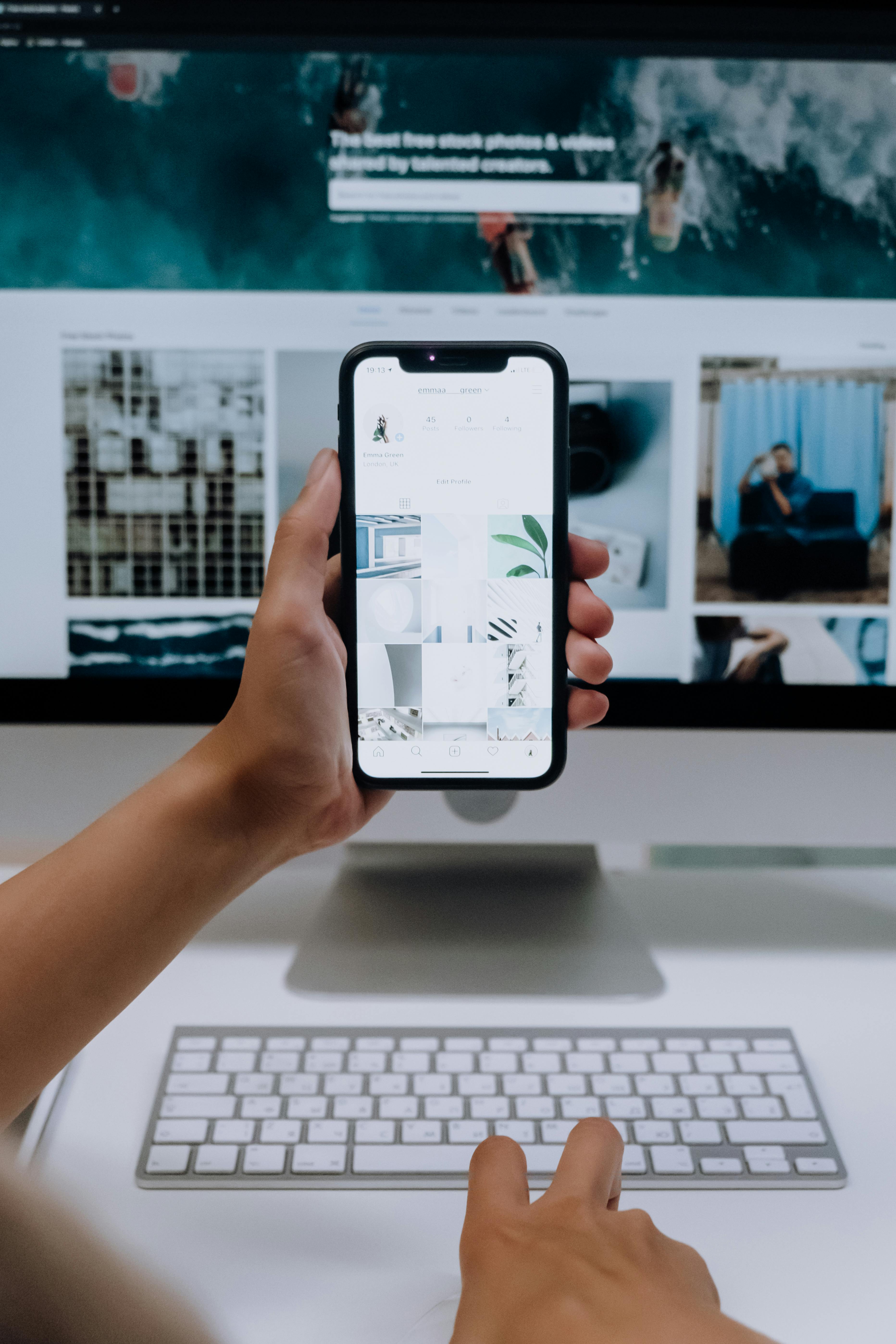Augmented Reality in 2025: Transforming Education, Retail, and Entertainment

Augmented reality (AR) technology has matured significantly by 2025, creating immersive experiences that blend the digital and physical worlds. AR is now a critical tool in education, retail, and entertainment, enhancing engagement, personalization, and learning outcomes. This article explores the key applications and benefits of AR in modern society.
1. AR in Education and Training
Education is one of the most impacted sectors by AR. Students can now interact with 3D models, explore historical sites virtually, and participate in simulated laboratory experiments. AR-powered training programs improve retention, allow experiential learning, and bridge the gap between theory and practical application. Teachers and instructors can track engagement and adapt content dynamically.
2. Interactive Retail Experiences
Retail is leveraging AR to enhance customer experiences both online and in-store. Virtual try-ons for clothing, furniture placement visualizations, and interactive product demonstrations allow customers to make informed decisions. Personalized AR experiences improve engagement, reduce return rates, and increase conversion, redefining modern shopping.
3. AR in Gaming and Entertainment
Gaming and entertainment are at the forefront of AR adoption. In 2025, AR games integrate real-world environments with digital content for immersive gameplay. AR concerts, theme parks, and interactive storytelling experiences create new forms of entertainment that merge physical and virtual worlds, driving user engagement and innovation.
4. Industrial and Workplace Applications
AR assists professionals in fields like manufacturing, engineering, and healthcare by overlaying digital instructions onto real-world objects. Maintenance technicians, surgeons, and assembly line workers use AR glasses to enhance precision, reduce errors, and increase efficiency. Remote assistance powered by AR allows experts to guide on-site staff in real time.
5. AR for Marketing and Advertising
AR is transforming marketing strategies by creating interactive and memorable campaigns. Brands use AR filters, virtual product demos, and location-based experiences to engage consumers. This technology increases brand awareness, encourages social sharing, and improves customer engagement metrics in a competitive marketplace.
6. Integration with AI and IoT
AR in 2025 is increasingly integrated with AI and IoT. AI enhances AR experiences through real-time object recognition, predictive interactions, and personalized content delivery. IoT devices provide contextual data, enabling AR applications to respond dynamically to environmental changes and user behavior, creating smarter and more responsive experiences.
7. AR in Healthcare and Medical Training
Medical professionals use AR for surgical planning, anatomy visualization, and patient education. AR simulations allow medical students to practice procedures safely, while surgeons benefit from real-time overlays during operations. This improves accuracy, reduces risks, and accelerates the training process in healthcare institutions.
8. Accessibility and Inclusive Design
AR technology is being used to improve accessibility for people with disabilities. AR applications provide real-time translation, visual cues, and interactive guides for individuals with visual, auditory, or cognitive impairments. This promotes inclusivity and equal access to information and services across society.
9. Challenges and Limitations
Despite its potential, AR adoption faces challenges such as hardware costs, user privacy concerns, and content standardization. Ensuring seamless user experience, maintaining data security, and developing high-quality content remain key priorities for developers and organizations leveraging AR technology.
10. Future Outlook
The future of AR in 2025 and beyond is promising. As hardware becomes more affordable, content ecosystems expand, and AI integration deepens, AR will increasingly impact everyday life. From learning and shopping to entertainment and professional applications, AR is shaping an immersive, interactive, and connected future.
Conclusion
Augmented reality in 2025 is revolutionizing how we interact with information, products, and experiences. Its applications across education, retail, entertainment, and professional environments demonstrate its transformative potential. By adopting AR technology strategically, individuals and organizations can enhance engagement, improve outcomes, and create immersive experiences that redefine the boundaries of reality.